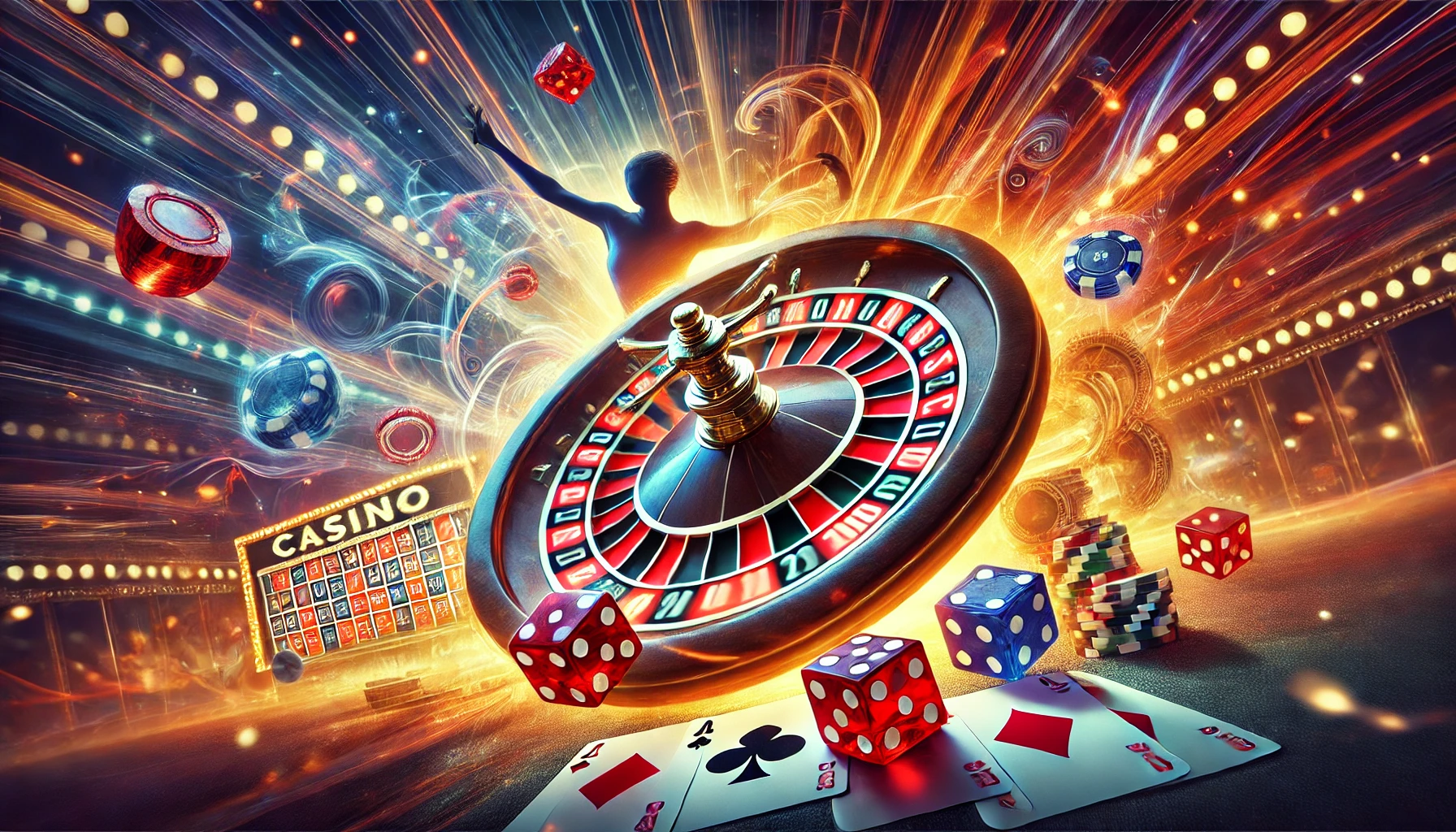Poker is a game that combines probability, quick decision making, and psychology, it is not simply a game of luck. Luck is undeniably a crucial part of the game, but expert poker players can still win big money with poor hands. It all boils down to strategies, the interactions between players, and making quick decisions to beat your opponents. We are, of course, not talking about video poker or casino poker here, but peer-to-peer poker. The card game where you compete against other players and try to win their money.
The psychological element is one of the most fascinating aspects of poker, and what arguably distinguishes it from other casino games. A mathematics expert with an unshakeable foundation in the game's theory can still get outplayed if their opponent can deceive them. Here, we will look at all the aspects of the game theory and also analyse the psychological element of poker.
Foundation for Expert Poker Gaming
The game theory in poker is for players who already know the basics. You know your poker hands, are familiar with the format of the game, and are prepared to take the next step. If you are not yet confident, no problem. You can always check our guide on how to play poker, and then practise on a few demo games. Try different strategies and experiment with these free poker online games before you play any cash games. With a good foundation, you will be prepared to learn the Game Theory Optimal – a mathematically optimized strategy to win.
Though that is not the only aspect that we will look at. The human element of the game is uncovered through the Exploitative Play theories. This strategy deviates from the Game Theory Optimal poker (GTO), to exploit weaknesses in your opponent's playing style. In given scenarios, exploitative play can yield better rewards, especially if you can figure out what your opponent will do next. But even with exploitative play, you must stay one step ahead, and be aware they will latch onto your adapted strategy sooner than later.
Game Theory Optimal Strategy
GTO is a mathematically optimal way of playing poker that should, theoretically, make you win regardless of what your opponent does. It is designed to be unexploitable and fault-proof, guaranteeing you will win. But in real life purposes, there are loopholes as you will come up against players of all levels, and some may force you into very difficult situations. It is then up to you whether to stick to the GTO principles or change your style to take advantage of your individual opponent's weaknesses.
The basic GTO concepts are finding the balance of your range, bluffing frequency, and sizing your bets according to those. You will be calculating the expected value of your hands and their possible wins, and table position is crucial in GTO. The later you are in the draw, the better chance you have as you can read how the other players react to each draw before making your move.

Practising GTO Theory
To play using GTO, you will need to calculate the possibility of your poker hand winning, the pot odds, expected value on your bet, and make your decision based on those factors. Expected value is quite simply the margin of how profitable a wager is, by using the following formula:
EV = (Probability of Winning x Amount Won) + (Probability of Losing x Amount Lost)
It requires information that you can find on the table, the pot (amount won), the amount lost (your stake), and the last two are the probabilities of you winning or losing. These are not easy to count, especially not for novices, but if you practice a few scenarios and use poker calculator software you can slowly get the hang of it.
Switching from GTO to Exploitative
We talked about exploitative play before going into GTO, and now it is time to elaborate. This is basically playing using instinct and expertise rather than a strict model that calculates bet value and probability of winning.
Exploitative play can win you a lot more money and quicker, as it capitalizes on the villain's weaknesses. However, you need to master the psychological element of bluffing, deception and reading your opponents.
In the exploitative play, you are trying to identify how your opponents react to certain scenarios, and figure out what decision making patterns they use. Loose players will play lots of hands, with loose-passive players avoiding making any raises. Loose aggressives (LAG) play a larger range of hands preflop, and then postflop they go in aggressive with the raises. Limpers will raise almost all the time rather than call, even when they have stronger hands, and this generally leads to them losing as they allow too many players to see the flop.
Tight players don't play lots of hands, and the ones that they do are often very strong. Figuring out these players and exploiting their weaknesses can bring lots of money and quite quickly. But be warned, just as you are trying to read them, they will also be reading you. They may even leave a few red herrings or purposely try to throw you off to gain an advantage.
Frequencies and Balanced Play
There are numerous aspects through which players can leave hints or read others. Frequencies are vital to reading a player, as you may figure out some patterns in their decision making. For example, the frequency with which they raise, fold, and call. Or the frequency and value of their raises, whether they attack the preflop or make all their big moves later in the draw.
Finding the balance in your game is important to ensure your opponent doesn’t latch onto you. Whereas GTO would have you making informed mathematical decisions all the time, with balanced play you would change your style every now and again to not become predictable.

The Role of Bluffing in Poker
For some players, bluffing is an art form that comes easily and can be used to pull in anyone from the fish to the sharks. Bluffing is not necessarily just raising on the preflop or going all in before the turn.
Successful bluffing is also about patience and finding the right moment to turn the pressure on your opponents. You could have a strong hand and try to pass off as a limper. Wait until your opponents are all but convinced they will win, and then hit them.
You should also be wary not to let your bluffs go wrong, especially if you have done it excessively over the previous hands. Striking the balance is crucial, and while bluffing plays a lesser part in GTO, it is a great tool in the hand of exploitative poker masters, who can gain lots of money quickly with well executed bluffs.
Risk Management
There is very little risk with perfect GTO, as you are only playing when the pot and hand is worth the risk. In a more realistic scenario, risk mitigation is something very difficult to manage. Managing your poker bankroll is a must, as this is not a game where you can make big money quickly. You must be patient and keep a close eye on your peers to work out how you will beat them.
Observing Limits
Choosing the right table is a must, as it needs to be well within your limits. In the best case scenario, the blinds will only be around 1-5% of your designated bankroll, ensuring you can play a fair few hands. Tables can also have limits, especially in faster moving games such as Stud or pot limit Omaha, and Omaha Hi-Lo.
A fixed limit is a cap on the amount you can raise during each round of poker. In a $1/$2 game, the bet size is $1 for the preflop and flop, then $2 for the turn and river. A pot limit means players can only raise to an amount equal to the pot. For example, if the pot becomes $10, a player can raise by $10. The next player can call the $10 and raise by $20.
In no limit poker, there is no cap on the maximum bet. This allows for the most aggressive players to go hard and quickly, encouraging reckless play and big bluffing. Typically, the no limit games are Texas Hold'em variants.
Concluding Poker Game Theory
Everyone has their own personal style when playing poker, and finding yours is all about practice. You can implement core principles from the GTO theory, with simplified calculations. In real life applications, you may have to switch to exploitative play to take advantage of weaker players, and avoid them spoiling your strategy.
The card game can sometimes feel more like a battle of wits than probability calculating prowess. But after playing lots of poker you will get a feel for the game. And then, you will be able to rely more on your instincts and hone your preferred poker strategy.

 4 days ago
54
4 days ago
54







![Anime Reborn Units Tier List [RELEASE] (November 2024)](https://www.destructoid.com/wp-content/uploads/2024/11/anime-reborn-units-tier-list.jpg)
